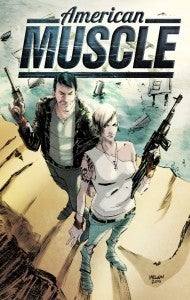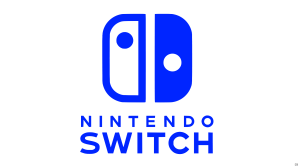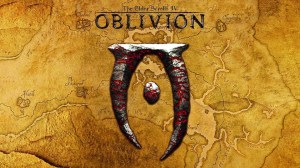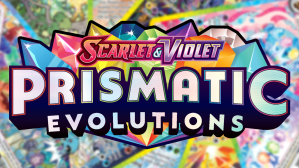On the same day that DC released the first Before Watchmen comic, a project plagued by the fury of fans and Watchmen‘s original creator over creator ownership and creators’ rights, regular DC contributors Jimmy Palmiotti and Justin Gray (All-Star Western, The Ray) dropped the first issue of their new book, Creator-Owned Heroes.It’s a fascinating read, that is to comic books what a feature-packed, director’s cut “Blu-Ray combo pack” is to the movies. A pair of beautifully-rendered stories written by top-shelf talent are backed up by not only interviews with the creators of those stories, but other supplemental material including an interview with comics legend Neil Gaiman. It’s huge value for fans who are used to page counts shrinking more and more and “extra features” on even the most artistically-praised Big Two books being reduced to a couple of pages of sketches that showed up on the Web three months before. The format changes may seem minor, but the end result is a comic book which might cost $3.99, but which probably takes as long to read as the rest of your pile of mainstream, 20-page superhero books combined this week.There’s also a feature on a cosplayer dressed as one of the characters, and convention photos, both of which have the effect of making the book feel intimate and connected to the fans in a way that letter columns used to (and still do, where they exist–basically in The Walking Dead and Savage Dragon, as far as I can tell). The end result is a book that plays to the comics-reading public very effectively–we know that we’re part of a small, close community and not only do we want to support our favorite creators, but we want to feel like our part of the community has value. Palmiotti and Gray are clearly communicating here that it does–that their work is an integral part of a community of which we’re all a part.
Videos by ComicBook.com












